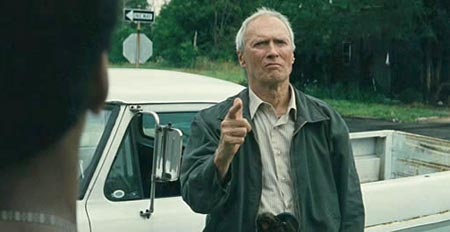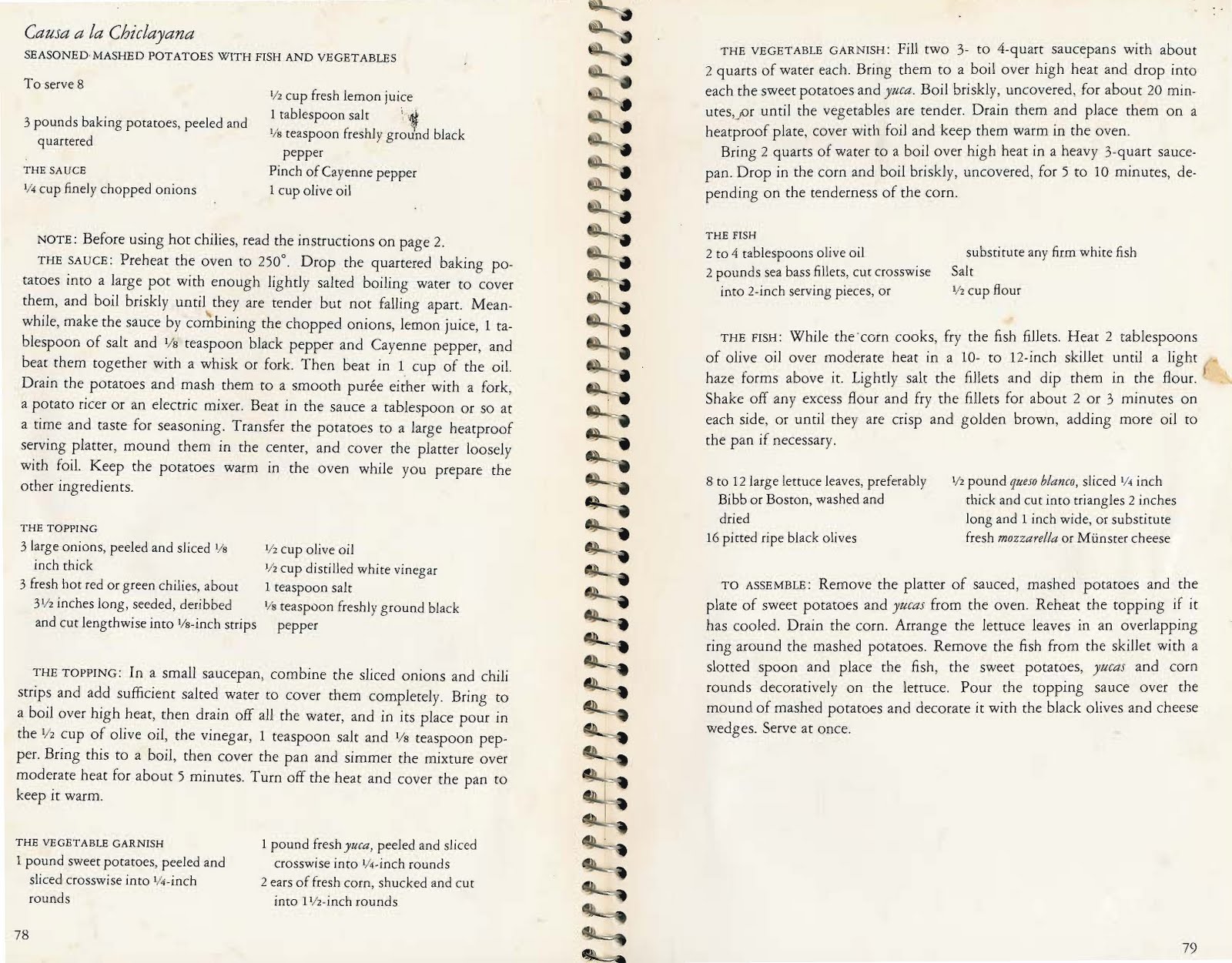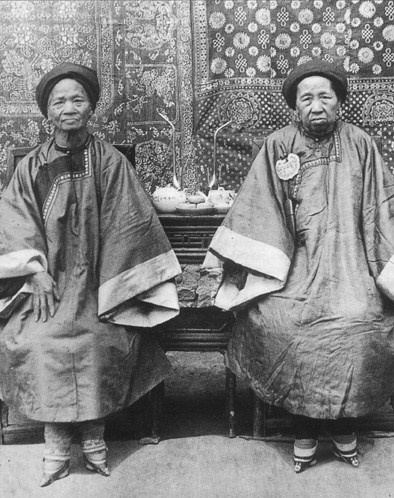Exposure: Nurse Midwife by W. Eugene Smith - Design Observer.
So stated former LIFE photographer and editor David Scherman of W. Eugene Smith. And what Smith wanted was nothing less, as he himself put it, than to “sink into the heart of the picture.” Gordon Parks said that he thought Smith “had a wonderful sense of humanity.” But it was clear to anyone who knew him at all that Smith would do.Magnum Photos is a photographic cooperative of great diversity and distinction owned by its photographer members. With powerful individual vision, Magnum photographers chronicle the world and interpret its peoples, events, issues and personalities.Exposure: Nurse Midwife by W. Eugene Smith From “Nurse Midwife” by W. Eugene Smith, published in Life, December 3, 1951 In his notes on W. Eugene Smith published in Understanding a Photograph, John Berger suggests that Smith is the most religious photographer in the history of art.
W. Eugene Smith was inducted into the International Photography Hall of Fame and Museum in 1984 and his honorary panel is sponsored by Rangefinder Magazine. He was inducted for his revolutionary photojournalism and setting the standard for the photo essay. Hal Gould said, “W. Eugene Smith was famous at twenty and a legend at forty. During the.W. Eugene Smith (1918-1978) is considered one of the masters of modern photojournalism. He created some of the most poignant images of war ever made. Smith's photo essays chronicling social injustice deeply moved the American public. His images of the devastating effects of mercury poisoning in Japan were some of his most evocative works. William Eugene.

Since 1997 he has been studying the life and work of photographer W. Eugene Smith and has authored three books on Smith’s work, including The Jazz Loft Project (Alfred A. Knopf, 2009), accompanied by a traveling exhibition, a public radio series, and a website, which together won an ASCAP Deems Taylor Prize. Currently Stephenson is working on.












